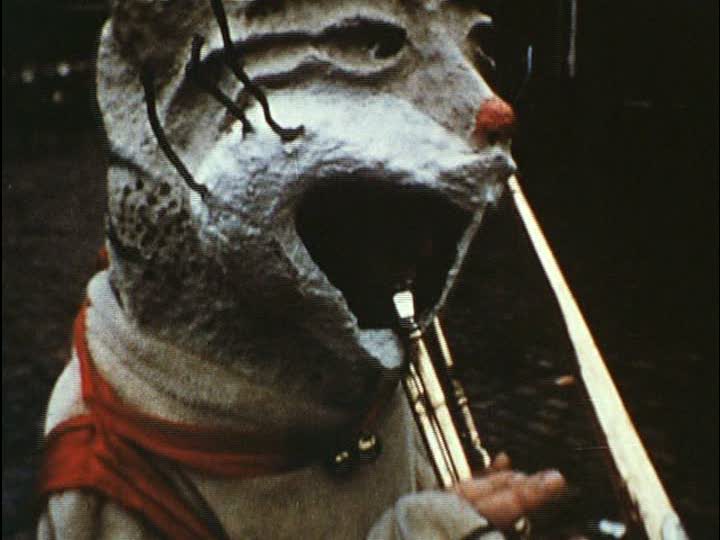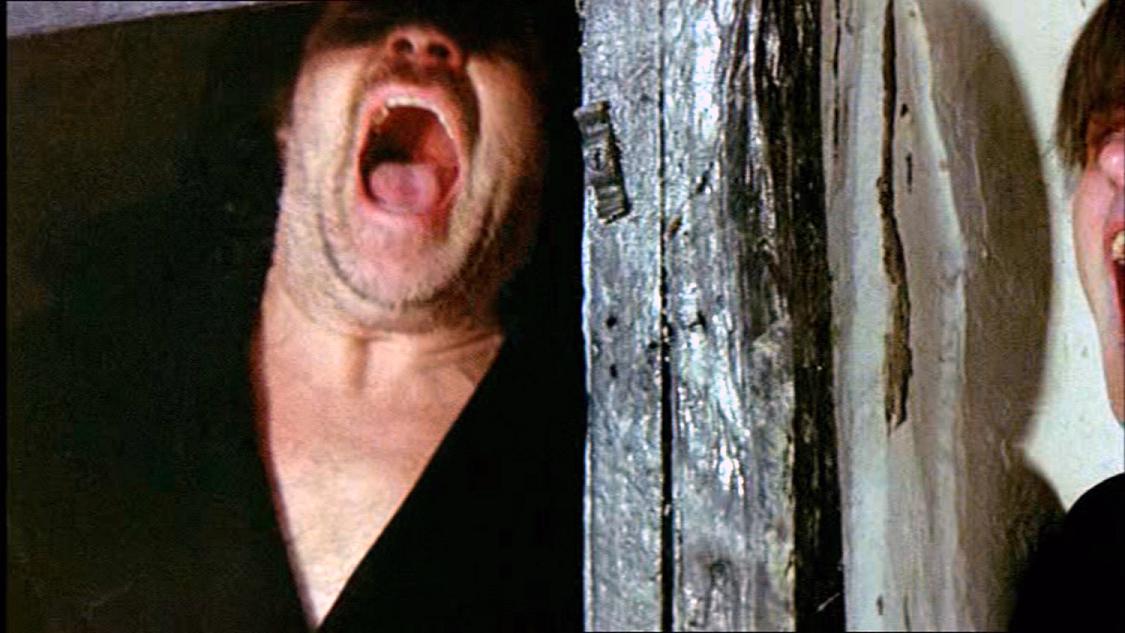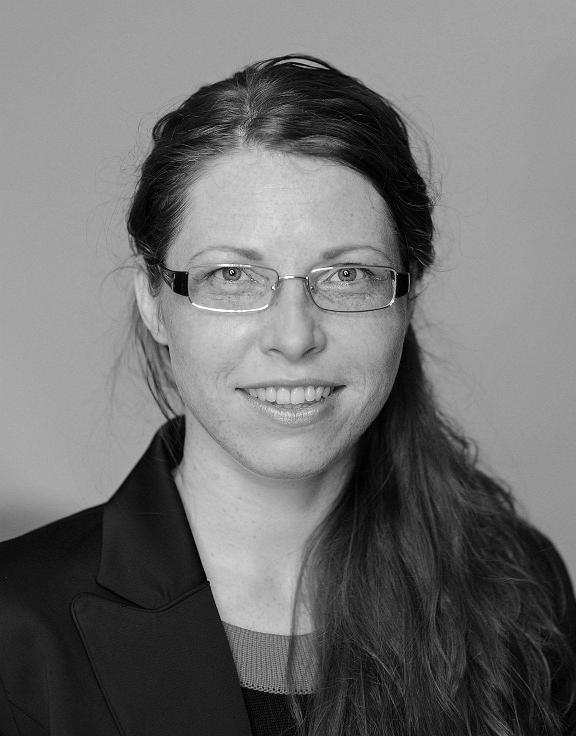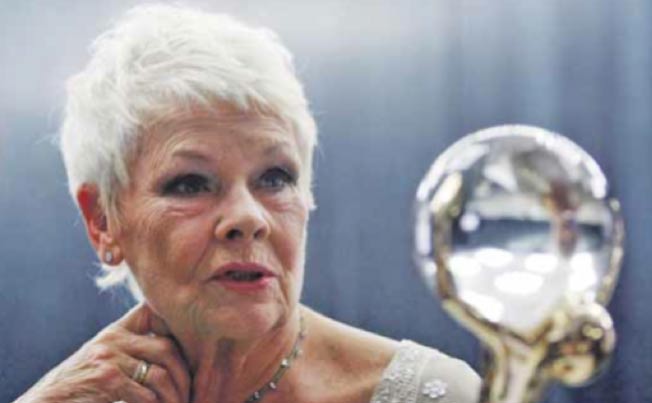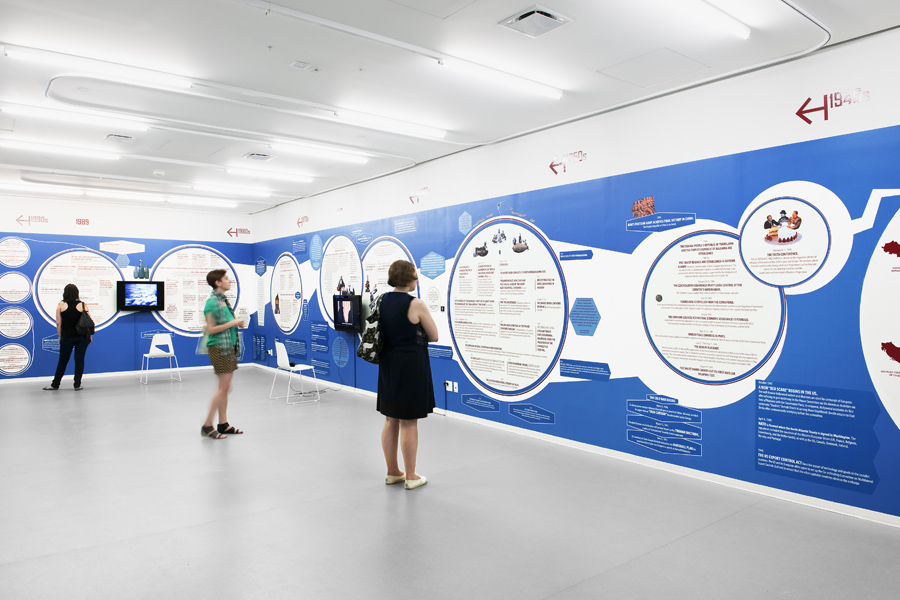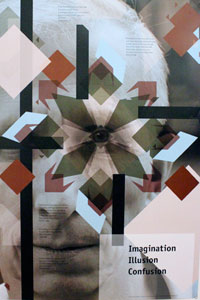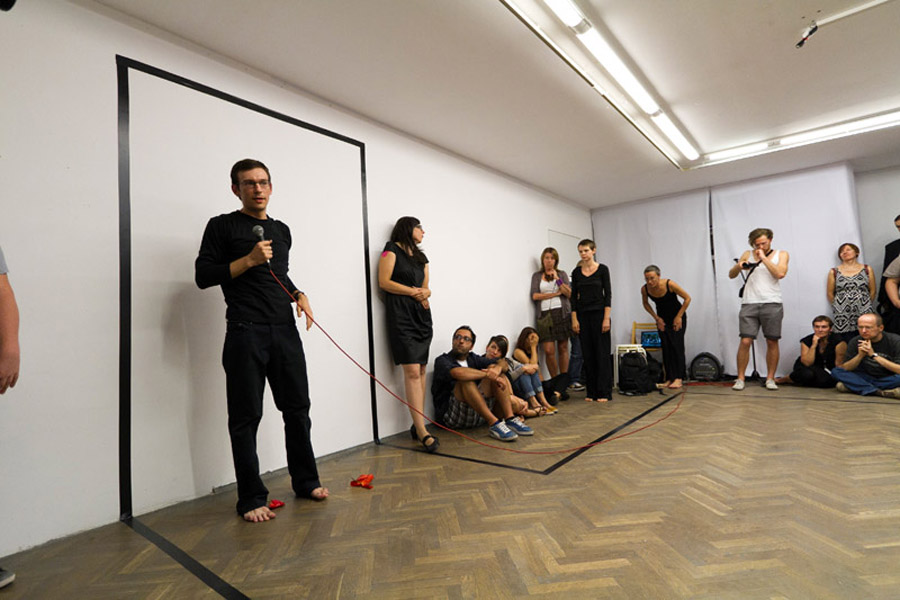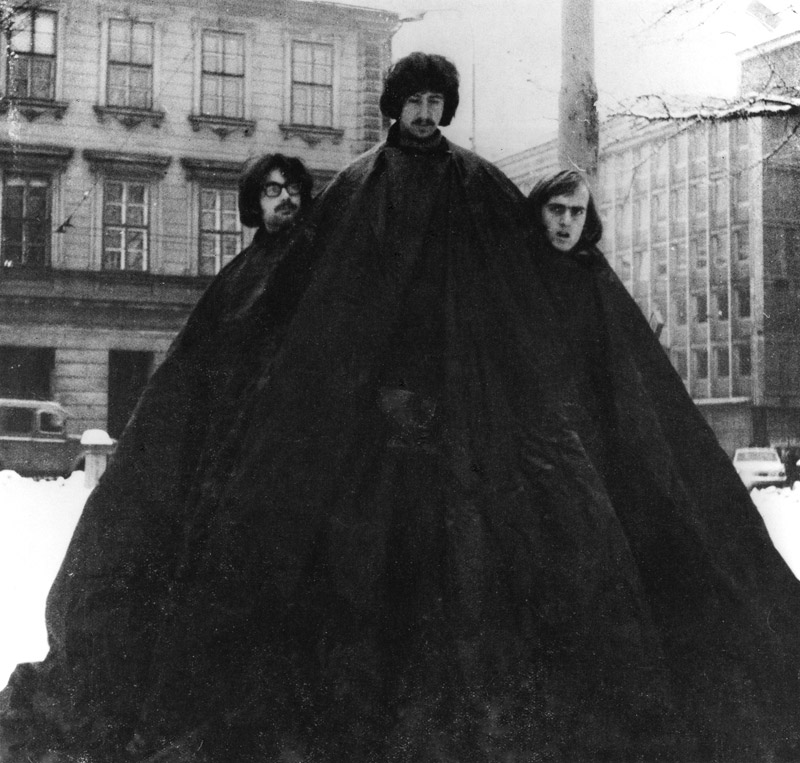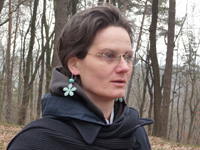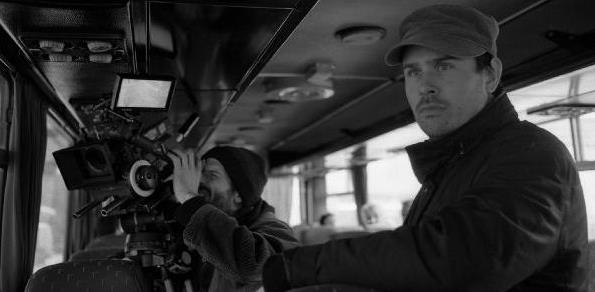Interview with Raluca Voinea: “Solidarity and prioritizing the common goal might be our only chance for survival…”
Raluca Voinea is an art critic and curator based in Bucharest. Voinea studied Art History and Theory in Bucharest (1997-2001) and Curating Contemporary Art in London (2004-2006). In 2006 she co-founded E-cart.ro, a nonprofit, independent institution based in Romania dedicated to researching, producing and publicizing modern and contemporary art and architecture. Since 2009, E-cart.ro has been developing a new program of cultural debates and artistic interventions, under the generic title The Department for Art in Public Space. Voinea has been a co-editor of IDEA. Art + Society magazine, published in Cluj, Romania, since 2008. She is one of the directors … Read more

.jpg)
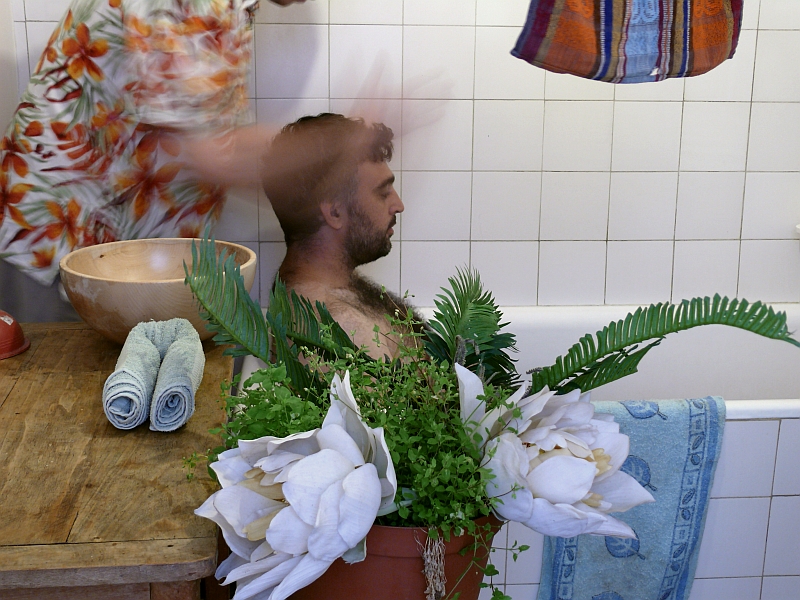

.jpg)

